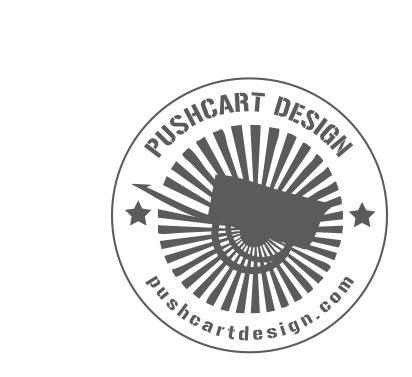Queer and BRCA+
I’M A PREVIVOR
This means that I assessed my risk of getting breast cancer and decided to take extreme measures to lower that risk *before* I ever had breast cancer (hence the ‘pre’).
GENERAL INFO
The basic info is that BRCA1/2 are not the only breast and ovarian cancer genes and the your personal risk varies depending on the exact mutation and your family history. There are currently a number of options if you find out that you do carry the genetic mutation, and while I opted for a double mastectomy WITH reconstruction, other previvors might choose surveillance or no reconstruction.
Here are a few links to information that I found helpful. And, of course – see the right sidebar for some more resources.
MY STORY
I am a queer Jewish woman from New Jersey, who has been living in Oakland for 15 years. My mom died of breast cancer at age 43, when I was 10. Breast cancer has always been on my radar and something I would bring up to my doctors (at Kaiser). It took me many years to even consider doing the genetic test because I thought the only option would be a double mastectomy and that was not something that I thought I would ever do.
Discovery
I found out that I carried the BRCA1 genetic mutation in October of 2014 when I was 34. Devastated, angry, wishing I could yell and cry to my parents about it (I lost my dad when I was fairly young too), in my heart I knew I was only interested in a heavy monitoring routine through Kaiser’s high risk clinic. Mammograms and Breast MRIs every 6 months for my breast cancer risk and CA-125 bloodwork and transvaginal ultrasounds every 6 months for my ovarian cancer risk.
That January (2015), I went to speak with doctors at the high risk clinic about my options. Although I went in staunchly opposed to what I call western medicine’s ‘cut it off and out,’ I knew that one question would immediately change my mind.
If I did get breast cancer, would it be highly aggressive?
The answer was yes, and I also learned that if I did get breast cancer, I would have to go through chemo and radiation IN ADDITION to the surgery. So, with an 87% risk of highly aggressive breast cancer, I opted to plan for a double mastectomy with immediate reconstruction.
Proactive
I chose to do this proactively because I want to do what I can to minimize my risk and frankly…stay alive. I am chose this surgery because I don’t want to go through the trauma of chemo and radiation that my mom did, and don’t want to have any child of mine continue a pattern of mother-loss too young, and because I want to continue to experience this world with the people that I love most dearly. I’m privileged that I live in a time when I have the option of getting tested, and can afford the health insurance that I needed to make this doable.
I found a wonderful, warm, caring doctor that I trusted down at Kaiser Santa Clara, and opted to use my own tissue for reconstruction. That is, I don’t have implants, but instead, they harvested my tissue (aka fat) from my abdominal area and used that to create breasts.
I planned for to have the surgery in the Fall, when my softball seasons were wrapping up, and when I knew that I prefer to nest at home, instead of having FOMO during the summer. That year I went through the range of emotions and did my best to get my body and mind in tip-top shape for my November surgery. And I did, sealing the deal with going to Hawaii with my best friend the week before — so I wasn’t sitting at home and anxious.
After
The surgery happened in November of 2015. I was in the hospital for a week, and it was a brutal recovery, I’m not going to lie. But, within about two months, I was starting to go to the gym again, and play ball again. I had two additional surgeries (all much less intense) to make things look ok and feel good in my new body and despite the intensity and pain, I was amazed at how resilient my body has been.
Being a previvor (that’s what we are called) is a privilege, and it is also something that makes me feel like I can be a point of contact to others in my community who might need a connection to resources or who have questions. And that is how I came to be topless in front of you.
Resources
Screening Tests For Breast Cancer Genes Just Got Cheaper
This is an NPR story that includes links to some private testing. Just as a comparison, I got tested through Kaiser and it didn’t cost me anything.
Program For Jewish Genetic Health
I really the simple design of this resource and I find the info to be pretty helpful.
Academic article on the intersection between feminist theory and BRCA previvors.
Check out page 17.
I haven’t read this thoroughly, but was happy to find it out there. Thought it might be good for a lot of us queer folks.
Here are some Facebook Groups to check out.
DIEP refers to the specific surgery that I had, so not all people on this board are BRCA1/2 mutants and many have had breast cancer. I’ve gotten many helpful answers and resources from members of this group (even if I’ve had to educate them on ‘queer’ not being a bad word).
I don’t participate very much in this group, but it definitely can be a good resource.
If you have questions, feel free to email me at queerandbrca(at)gmail(dot)com



